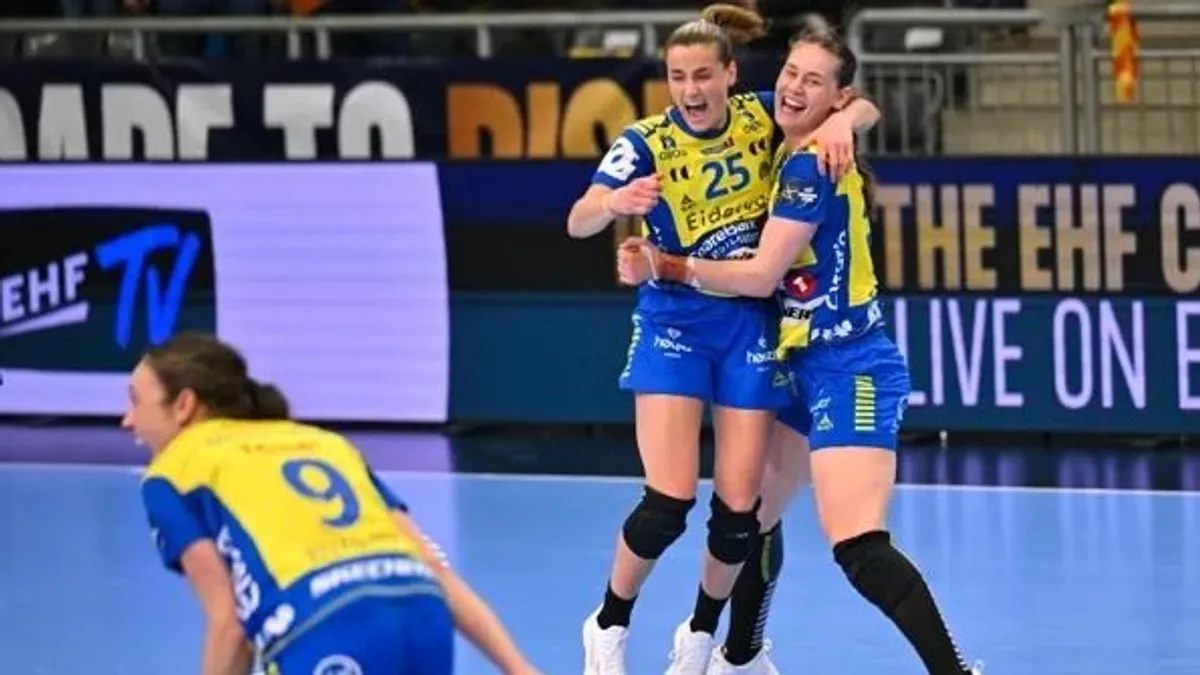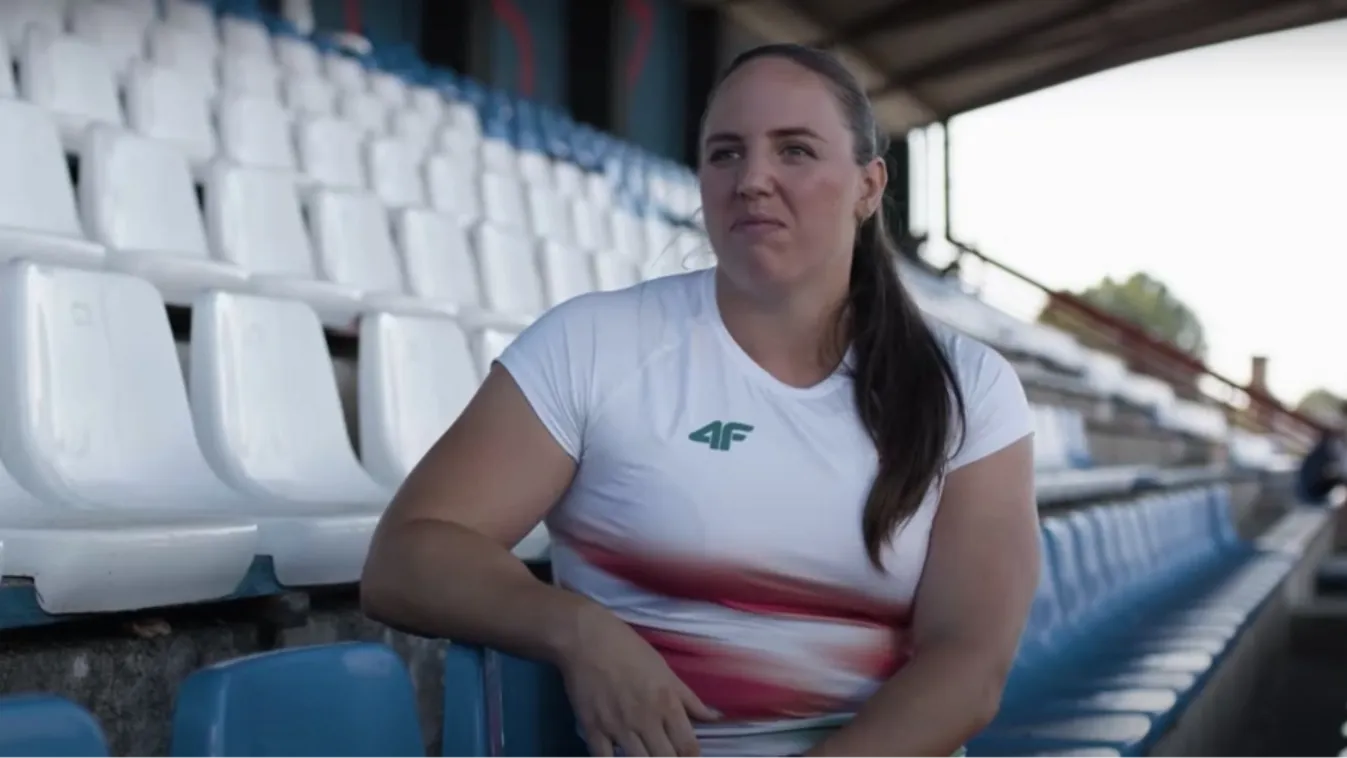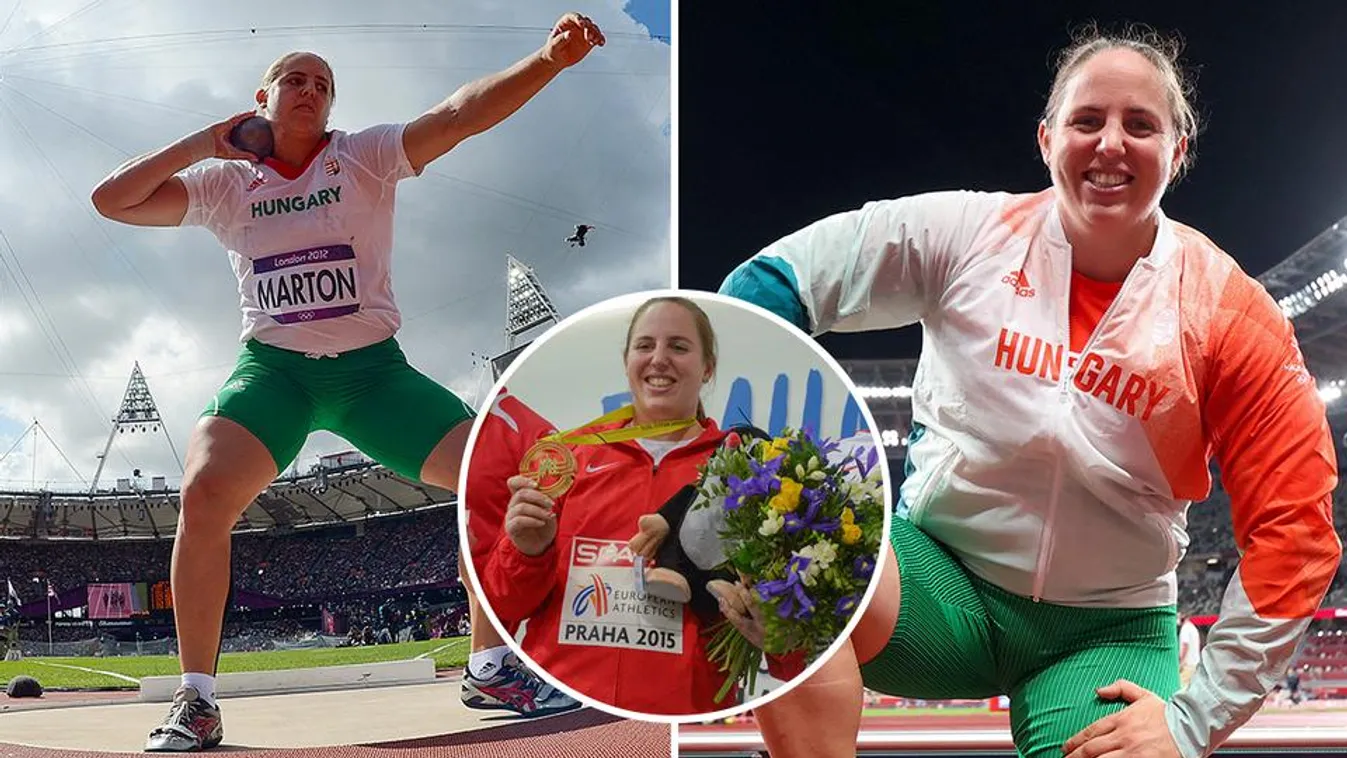Anita Márton is preparing for the Olympics just six weeks after giving birth
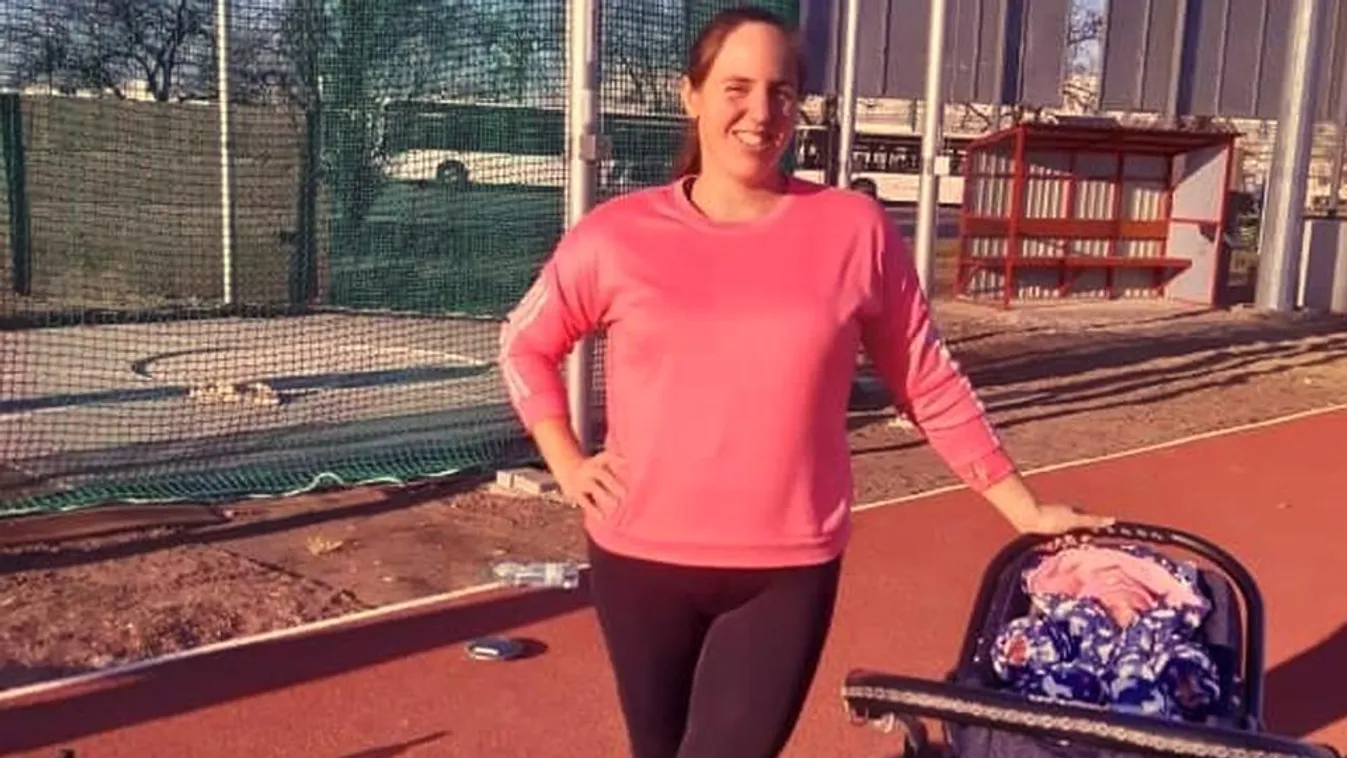
| After a hiatus and hardship caused by childbirth and the coronavirus, 32-year-old Anita Martin started training cautiously. What is the training like when an Olympic bronze medalist, world indoor champion does it, though?
"After the warm-up, I do half an hour of physiotherapy, special exercises, and I strengthen the torso muscles. The training itself begins afterwards," said Anita Márton. “For now, I'm doing the technical work without shot put just yet, we're just practicing sub-routines like rotation, punch out, steps, or full spin. I'm about to start double training, and I'm going to run and hop soon. Punching the shot itself won't come until later. My strength is coming back nicely, and we would go to the first training camp in Székesfehérvár in two weeks.” |
– You were training for a long time before your daughter Luca was born. How much time did you miss from training?
– Since I trained the day before giving birth on January 31 as well, it was actually the next six weeks that were spent without training.
– How is Luca?
– She is a very good girl. The days are still in the classic "eat, sleep, play, repeat” phase. The nights vary, sometimes I have to get up every hour and a half, but sometimes she sleeps for five or six hours straight, so I can relax. She doesn't have stomach pains, isn't a drama queen, so I'm not complaining. She's sleeping on my chest right now. Motherhood is what I expected, I enjoy it, I like to admire our little girl, I sing and read her a lot, so the days are even more fun.
– How did rivals Valerie Adams' and Christina Schwanitz's return after childbirth inspired you?
– I saw how well the system works for them, and how they manage to compete as mother. Of course, they need the right family background which we have, too. My husband and our parents can help a lot. My mom lives close by and she really enjoys being a grandmother, so if she had to, she'd take care of Luca every day.
– On Thursday, you officially returned and joined the Hungarian national team preparing for the 2023 World Athletics Championships in Hungary. When exactly did you get back to training?
– My 6-week checkup was on March 17, and everything was fine, so the next day I went to the track. I've done physiotherapy at home before, used an elliptical trainer or walked on a treadmill. I train six times a week, mostly at the gym, and slowly I work myself up with weights. I trained with 60-kg weights on Thursday. I could be at about 50 percent of my best. I could do more, but we have to be careful, because while I don't have any pain, we don't want to rush anything to make sure there are no problems.
| Born: January 15, 1989.; Szeged Achievements: Olympic 3rd (2016), World championship runner-up (2017), European Championships runner-up (2016), European Championships 3rd place (2014), World Indoor Champion (2018), World Indoor Championships runner-up (2016), 2-time European Indoor Champion (2015, 2017), European Indoor Championships 3rd place (2019), 14-time Hungarian champion in outdoor shot put (2006-2019), 14-time Hungarian champion in indoor shot put (2005-2020), 12-time Hungarian champions in discus throw outdoors (2008-2019), 11-time Hungarian champion in discus throw indoors (2006, 2009, 2010, 2012-2018, 2020), European U23 Championships 3rd place in discus throw (2011) |
– Was there a moment when you thought about retiring?
– I had planned to compete at the Tokyo Olympics if my health and preparation allowed it. I wasn't sure if I should continue afterwards or not. I've had a lot on my mind because last year's and this year's competition schedules were very difficult because of the virus, and it's still not easy to go to training camps. Although the postponement of the Olympics negatively affected the replanning of my family life and future, now I feel that this resting has been mentally good for me.
– When is your first competition?
– At the end of June at the national championships, and if it's worth it, maybe one before it as well. It would be worth traveling to the Tokyo Olympics with an 18-m throw, but a lot has changed since 2016 in Rio. Back then, it was possible to get into the finals with a score of 17.80. I think with the mentioned 18 meters, it's also achievable in Tokyo.
– What level can you return to?
– The return after childbirth can have a positive effect on performance as we have seen examples of this. In the case of Adams and Schwanitz mentioned above, I have noticed that they did not yet found their old self. Keeping the 19-meter level would be awesome, making it a realistic goal to reach the final in Budapest.
– The announcement of your comeback meant that you would definitely continue your career until the 2023 World Athletic Championships in Budapest. Then, the 2024 Olympics is only a step away...
– I'm planning for the short term only. Let's get this over with in Tokyo first, then we can talk about the 2023 World Championships in Budapest, but the 2024 Olympics seems a long way for now. Luca will be in kindergarten by then, and we'd like to have a sibling too, but I'd like to continue doing shot putting as long as I see its point and have a passion for it.
| László EPERJESI Sr., Anita Márton's coach:
"Anita and I had previously agreed that she'll return for the Tokyo Olympics, but the fact that she returns for the domestic 2023 World Championships was new to me as well. She made the decision because the competition would be here, and she would take the time and effort to do it. Her condition may be around 70 percent, but this can improve quickly because the body remembers what she was capable of, making it easier for her to catch up. She's already in better shape than I expected. She's been able to keep her weight, her muscles are fine, and everything's going to fall into place for the national championships. A coach always has an expectation of his athlete, reaching the finals at the Olympics would be an acceptable result. She can make it to the 19-m mark this year, which she can hold, so obviously Anita wants to finish her career with a good finish. But let's not rush ahead, let's just wait and see." |
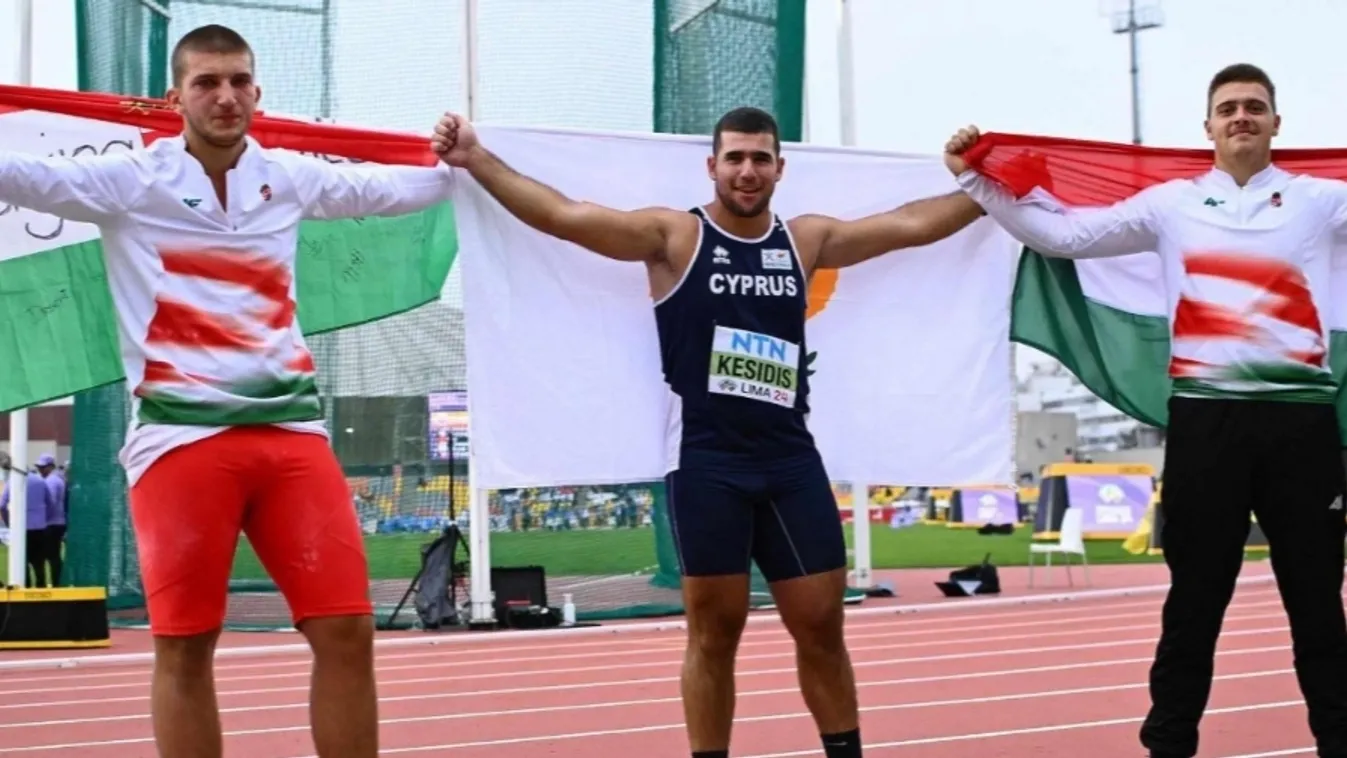
Márton Anita: Türelem vezet a nagy dobáshoz
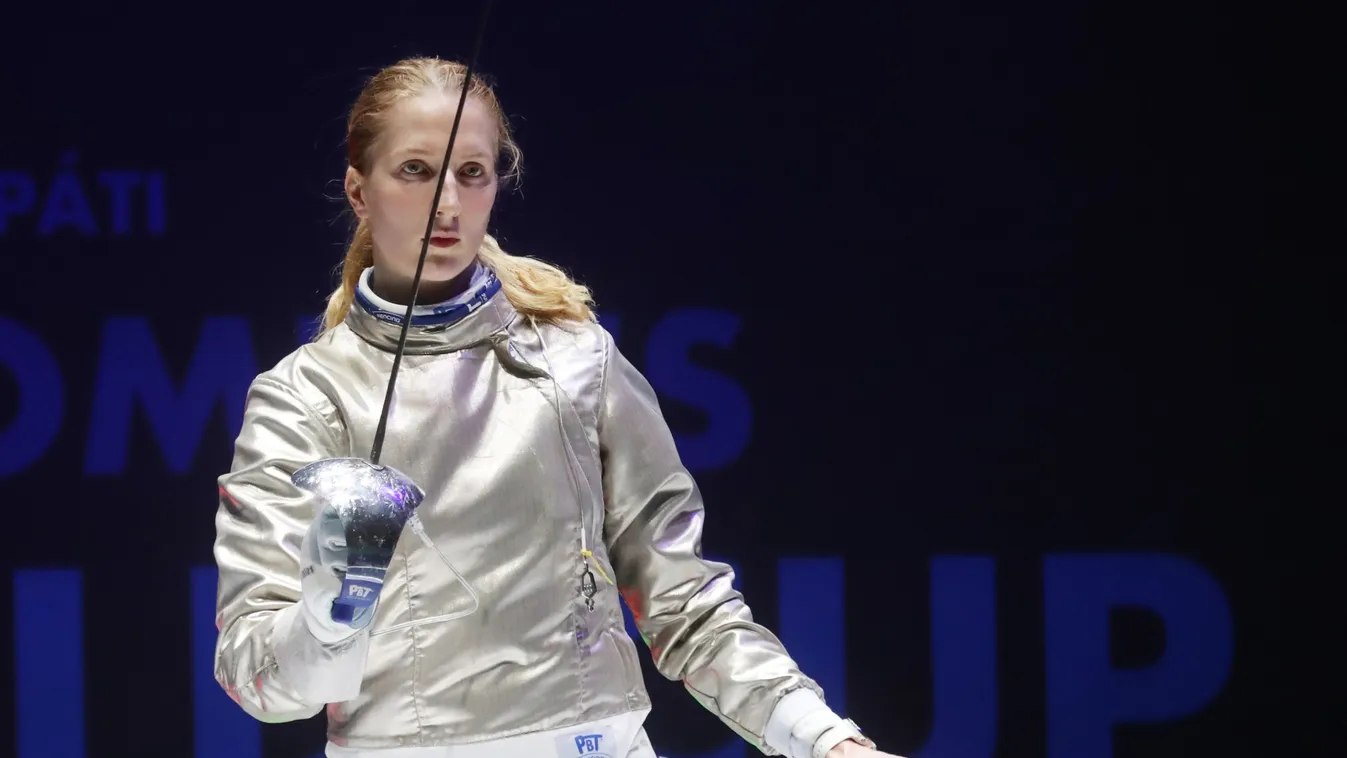
Vívás: öt női kardozónk az athéni vk főtábláján
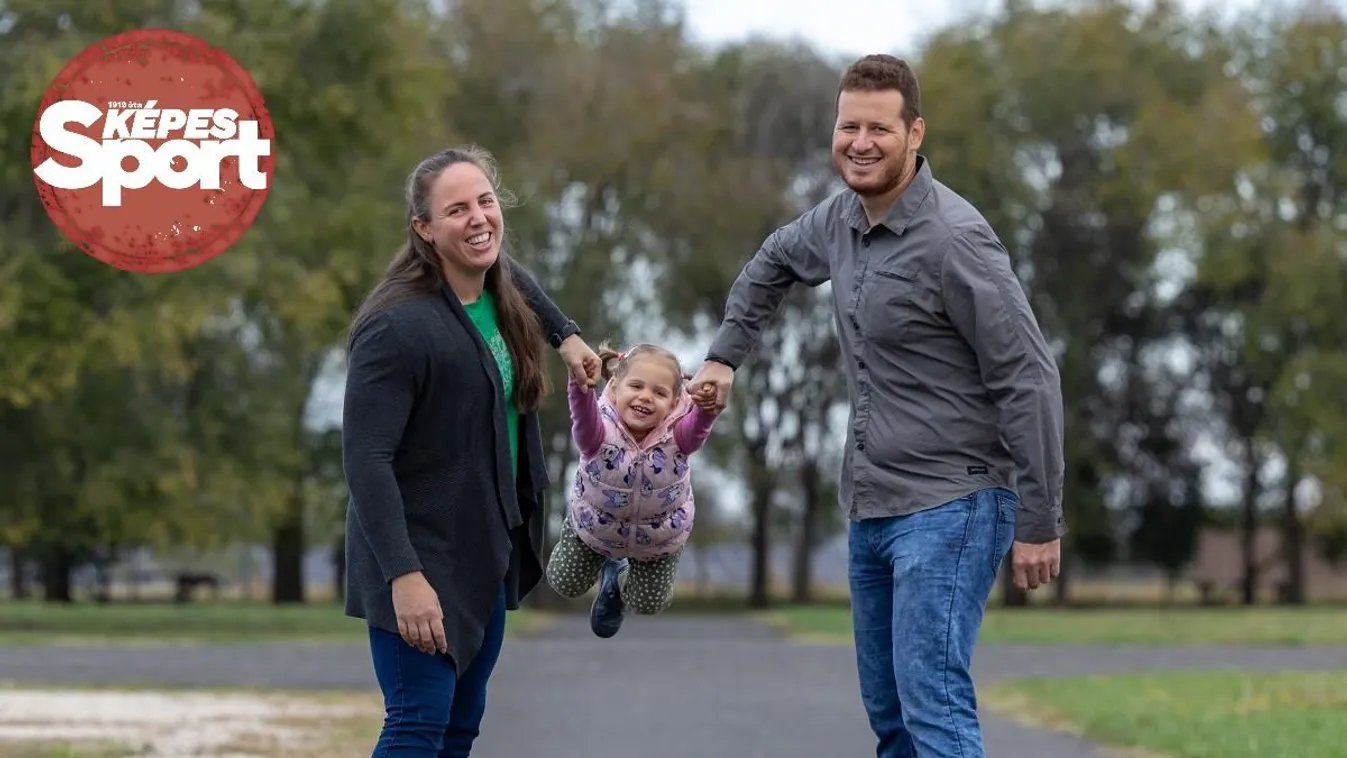
Márton Anita: Nem bántam meg egy pillanatot sem
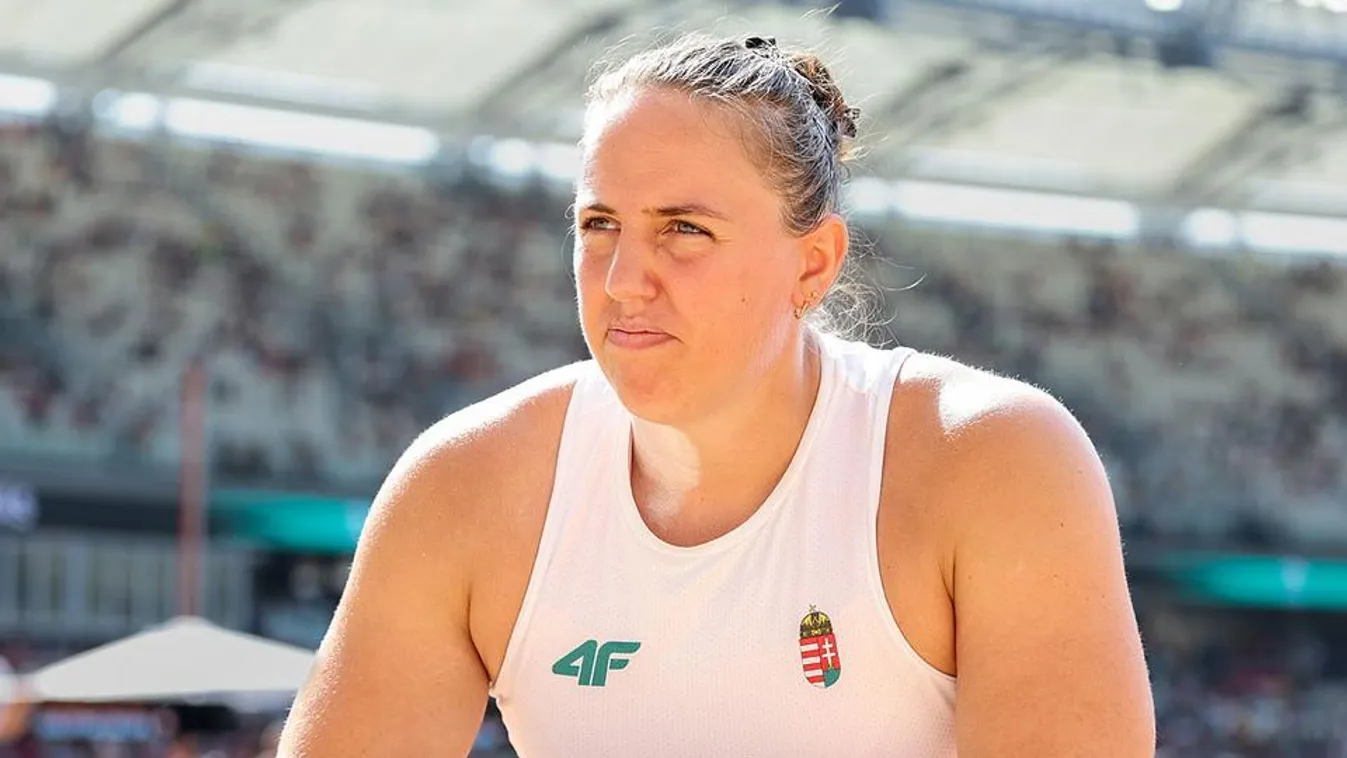
Atlétika: Márton Anita a dobószakágak vezetőjeként dolgozik
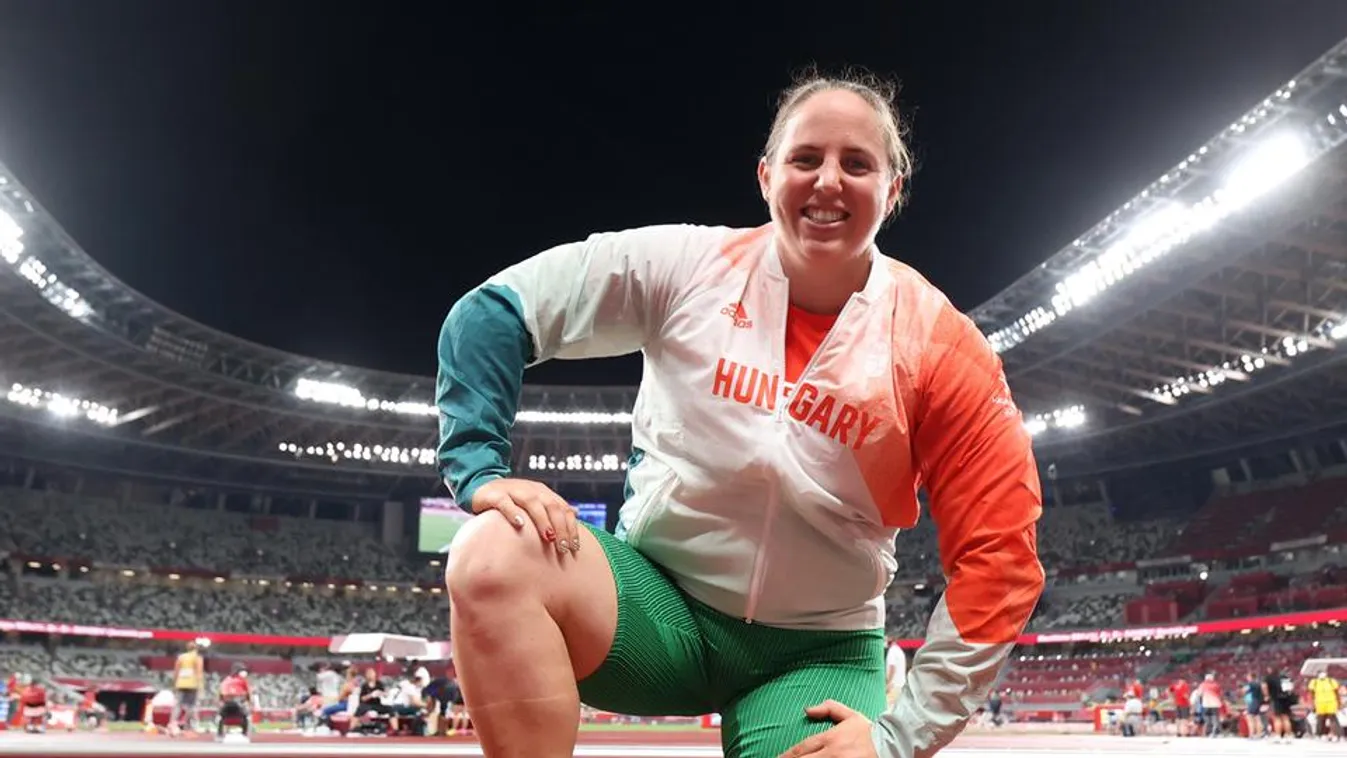
Atlétika: Mindent ugyanúgy csinálnék – Márton Anita
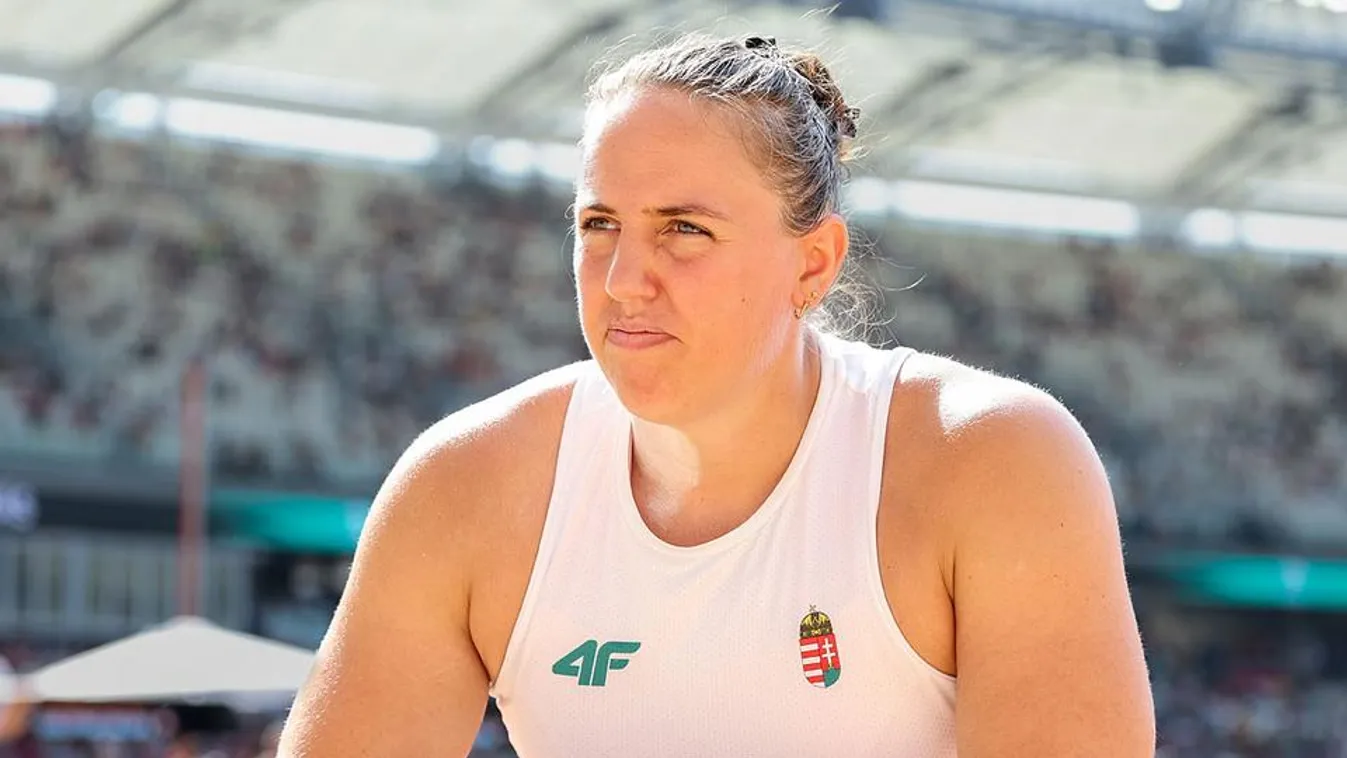
Atlétika: Márton Anita bejelentette visszavonulását
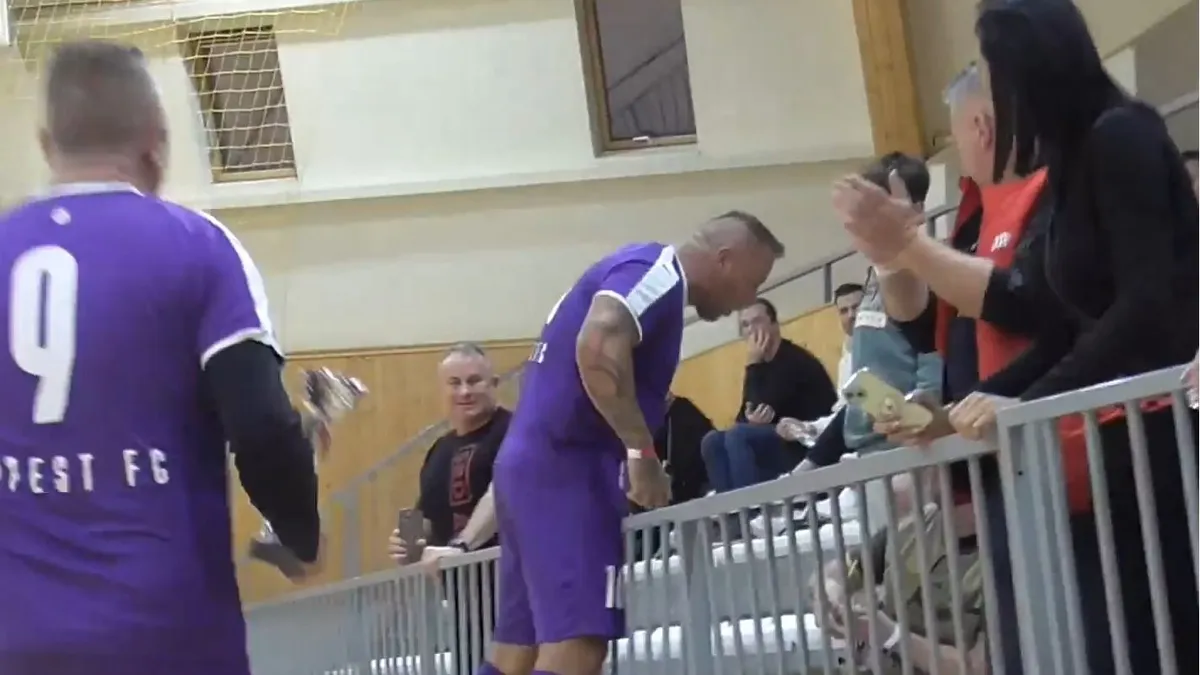
Curtis pofonvágta az őt gyalázó szurkolót a lelátón
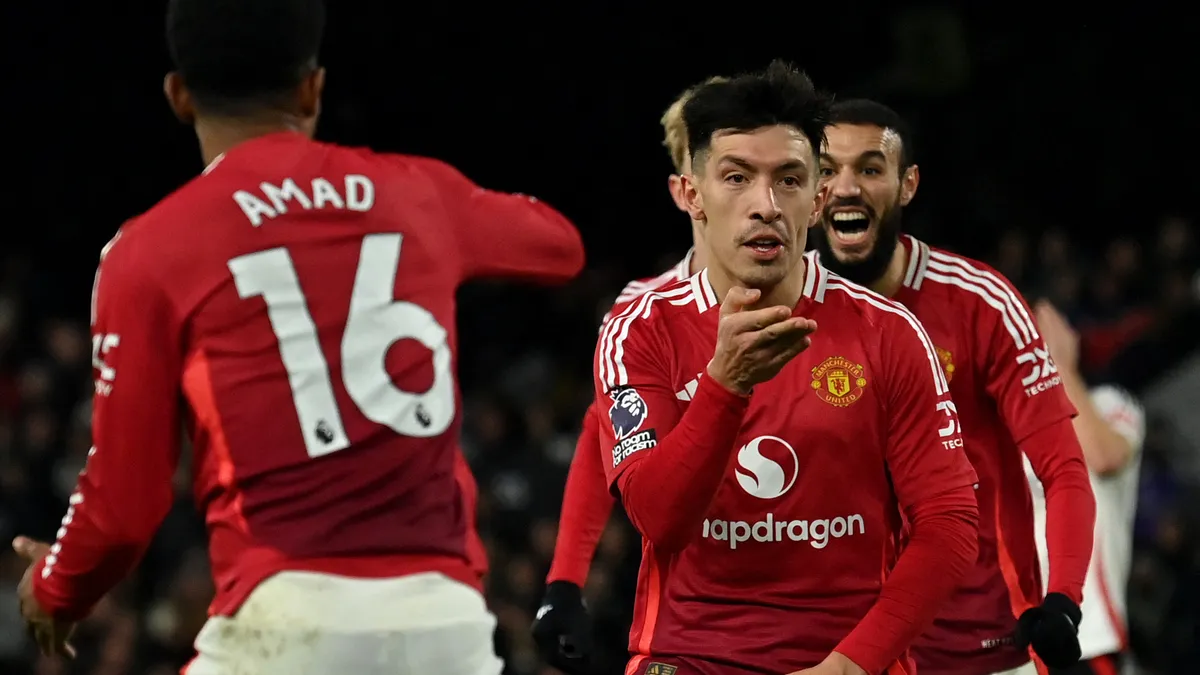
Az MU egyszer találta el a kaput, de egy szerencsés góllal így is nyert
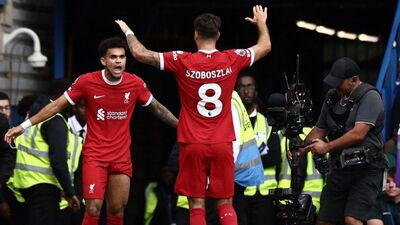
Ez nem hiányzott: Szoboszlai Dominik még egy világsztár miatt aggódhat!
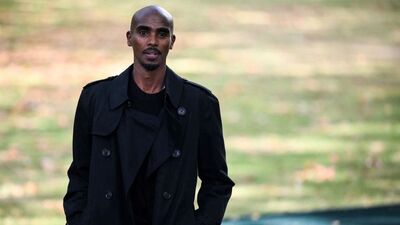
Milliárdokért árulja luxusotthonát az olimpiai bajnok
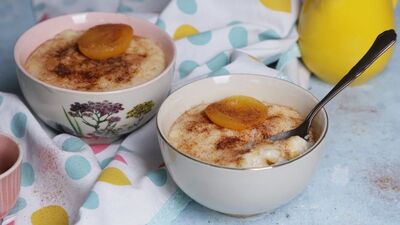
Villámgyors finomság – az 5 legjobb tejbegrízrecept
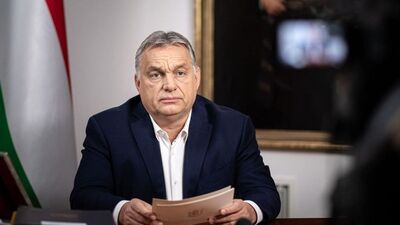
Orbán Viktor elutazik, ezen a helyen magyar kormányfő még nem járt
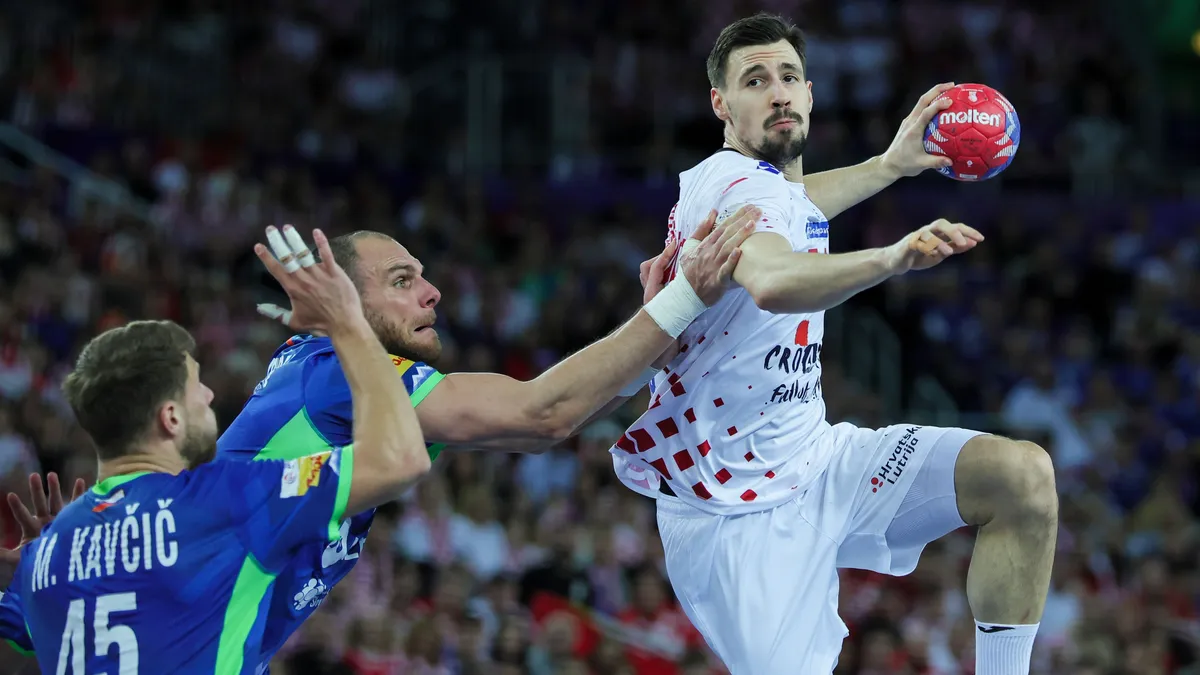
A szlovénokat legyőző Horvátország lesz a mieink negyeddöntős ellenfele kedden 18 órakor a kézi-vb-n
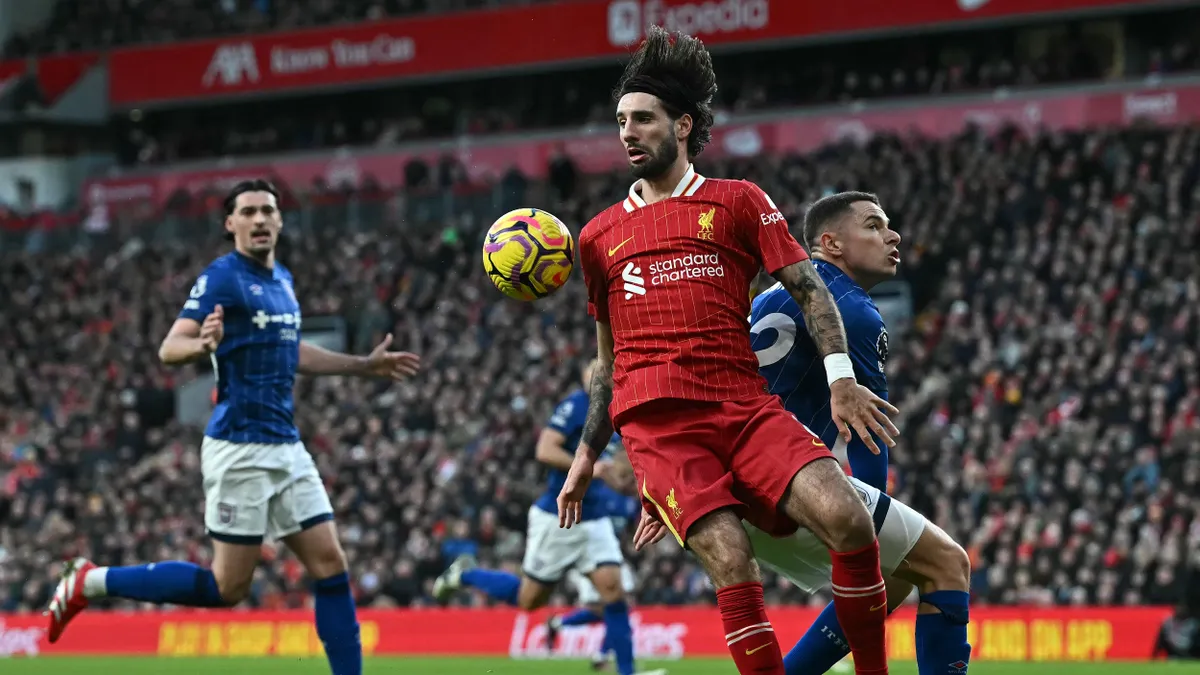
Szoboszlai szenzációs passzán ámul a világ - videó
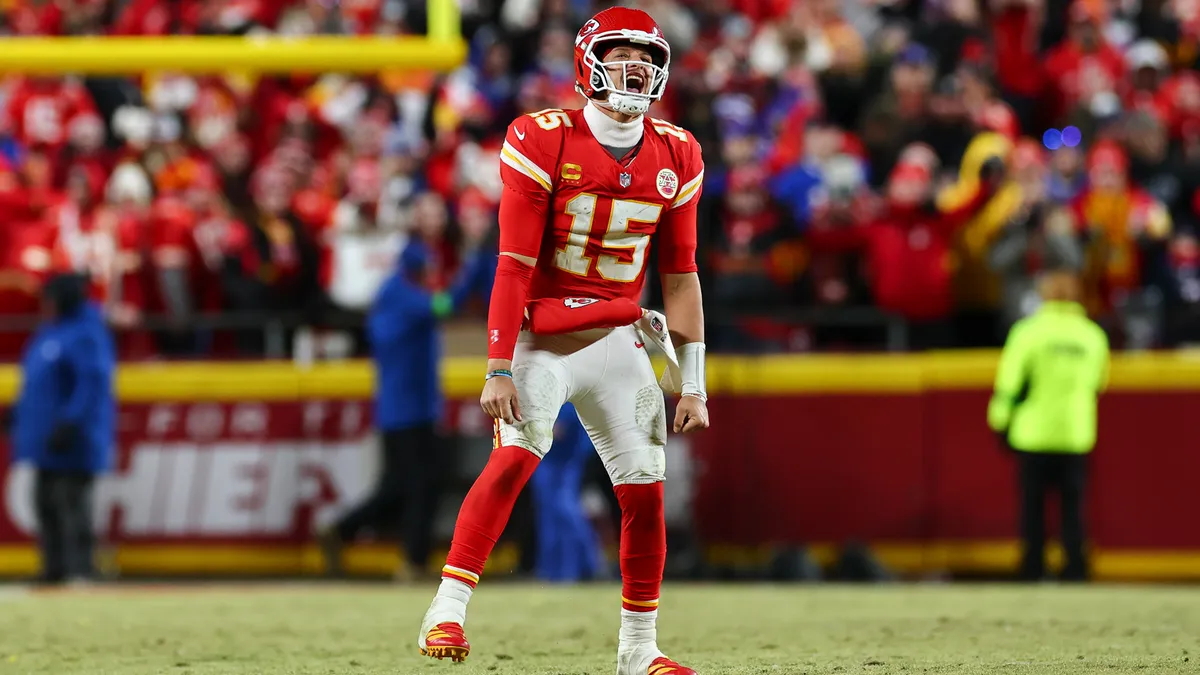
A Chiefs újabb drámai meccsen nyert a Bills ellen – triplázás kapujában a Kansas City!
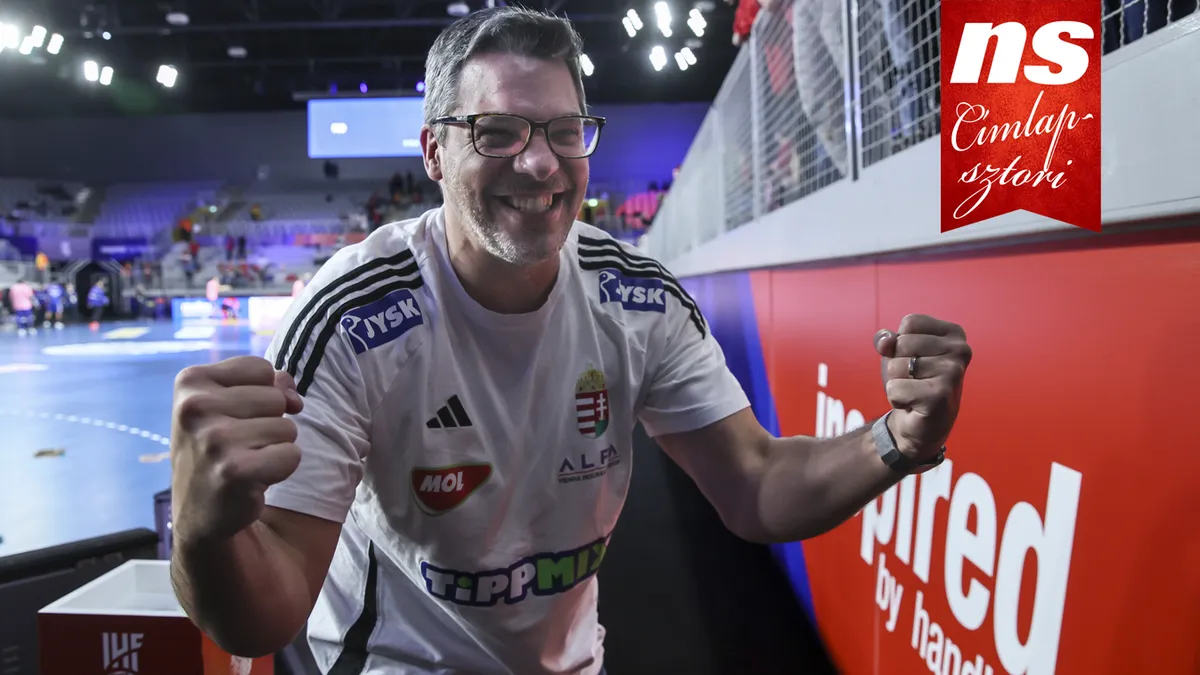
Chema Rodríguez: Óriási dolog, hogy sorozatban harmadszor ott vagyunk a nyolc között
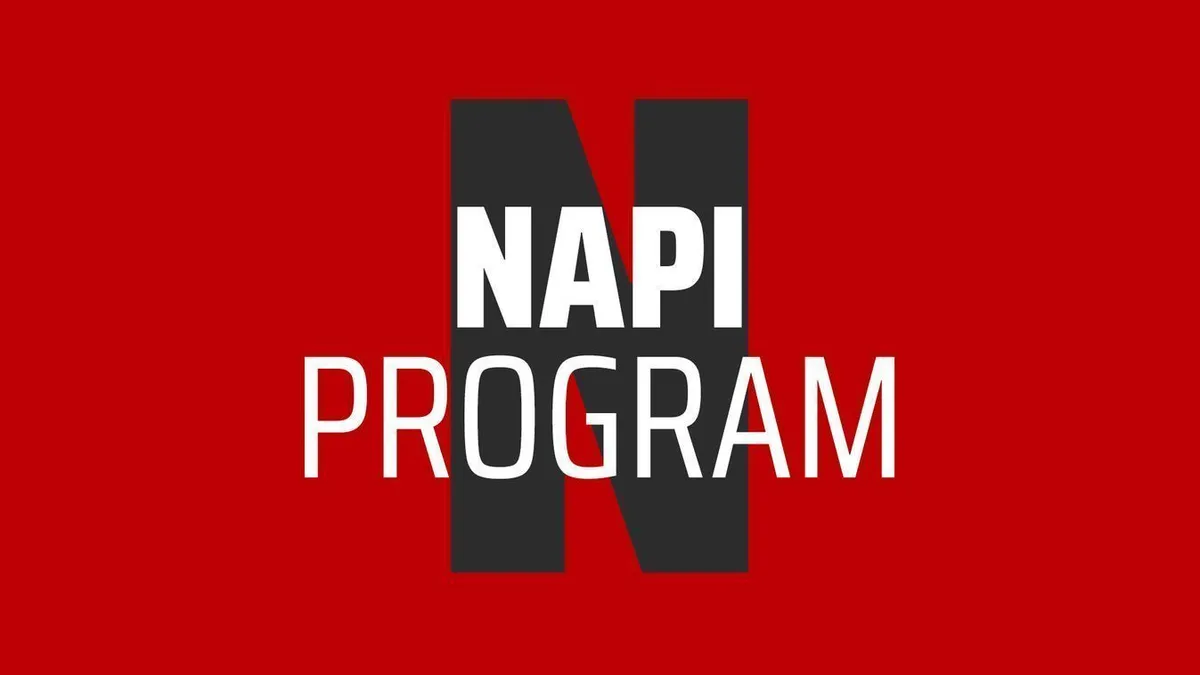
Hétfői sportműsor: olasz, spanyol és angol futball, magyar futsal
